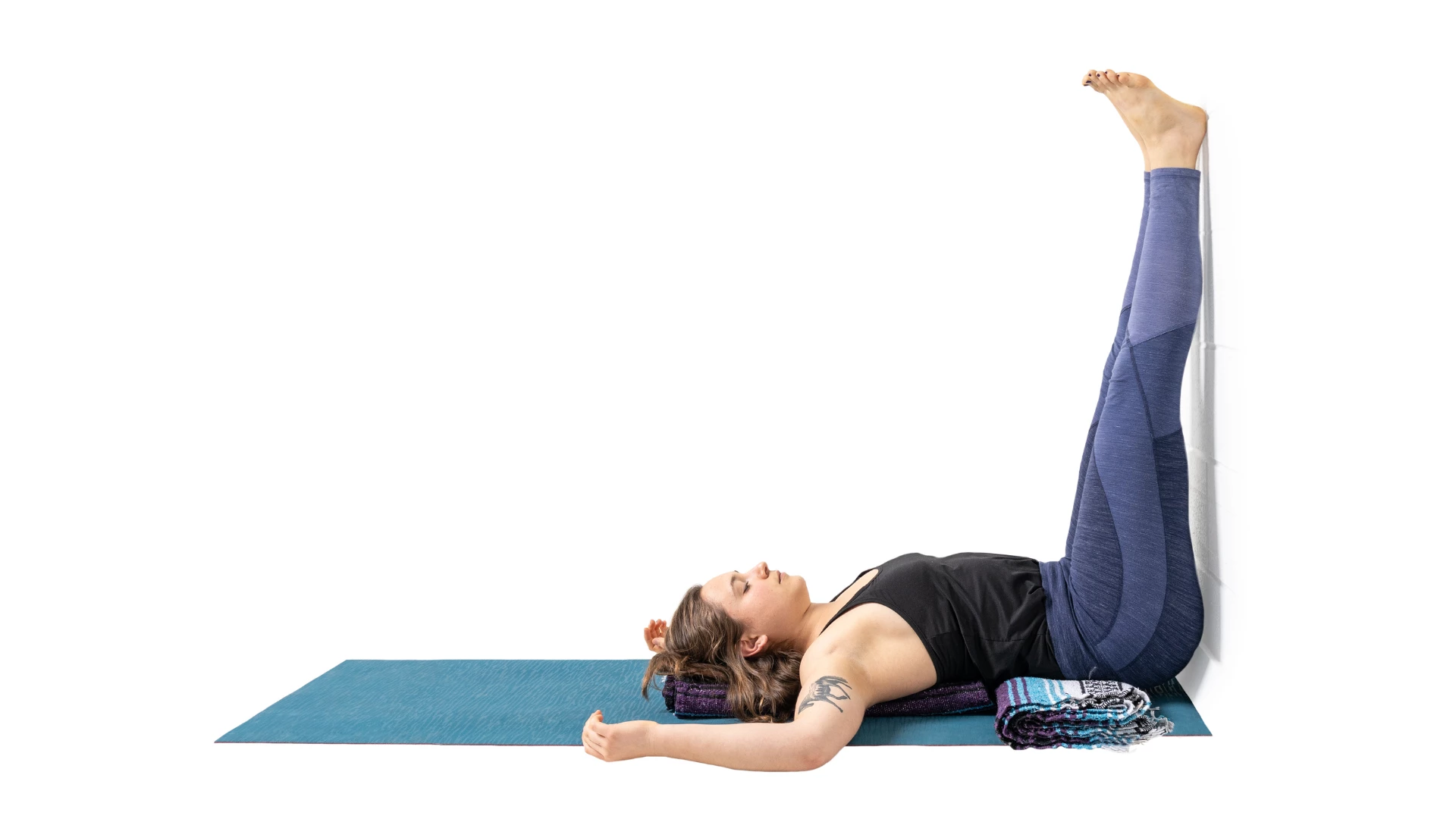Is Yoga for Hypertension Effective?

Article At A Glance
Finding management strategies to keep their hypertension at bay can be challenging for people who struggle with high blood pressure. Luckily, though, an effective strategy could be right at your fingertips. Yoga for hypertension has proven to be an effective technique to manage elevated blood pressure.
An extensive systematic review and meta-analysis of previous research studies found that people who did yoga for about five hours per week for a period of 13 weeks significantly reduced their blood pressure.
Most of these study participants were middle-aged and overweight adults with hypertension.

This meta-analysis found even greater reductions in blood pressure when participants practiced physical yoga asana and incorporated breathwork and meditation practices into their yoga routines.
Another systematic review and meta-analysis found extremely similar results when examining individuals with prehypertension and hypertension. Again, combining meditation, breathing practices, and physical asana increased the statistical significance of blood pressure reduction.
So, it seems safe to say that yoga for hypertension can be an effective alternative to help lower blood pressure when paired with more conventional treatment modalities.
How to Practice Yoga for Hypertension

Practicing any form of exercise, including yoga, will inevitably elevate your blood pressure temporarily. This is especially true if you move quickly through your practice, hold your breath, or hold postures for extended periods of time.
After consulting with your healthcare provider for the green light to begin a new practice, it’s probably best to start with slow, gentle, beginner’s classes to introduce your body (and mind!) to a yoga practice.
Move slowly and mindfully between postures to minimize blood pressure spikes, and always stop and rest when you need a moment to catch your breath or relax your physical body. If you hold postures for longer periods, you can always stop, release, and return to the pose when you feel ready.
As you practice, maintain a slow and steady breathing pattern and avoid holding your breath, which can also spike your blood pressure.
Few poses are truly contraindicated for well-managed blood pressure, but you might want to steer clear from “advanced” inversions like Headstand Pose (Sirsasana), Handstand Pose (Adho Mukha Vrksasana), and Shoulderstand Pose (Sarvangasana. These positions place your body in a near vertical position with your heart above your head, which causes your heart to have to pump against gravity.

However, gentle inversions like Downward Facing Dog Pose (Adho Mukha Svanasana), standing forward folds, and Legs up the Wall (Viparita Karani) are usually fine for individuals with well-managed hypertension. But of course, always listen to what your body tells you and release any uncomfortable postures.
Most importantly, start and/or end your practice with a few moments of meditative practice. This can happen in your Relaxation Pose (Savasana) after you’ve finished your physical practice. Take a few moments to soften your body, breath, and mind as you absorb all the benefits of your practice.
You Could Potentially Use Yoga to Manage High Blood Pressure
Of course, check with your healthcare provider before beginning any new exercise regimen. However, speaking with your doctor(s) about the potential of using yoga for hypertension management may be worthwhile.
Yoga is a proven strategy to help reduce high blood pressure and seems mostly risk-free. Make sure that you practice with someone experienced with hypertension contraindications, and also be sure to incorporate breathing and meditation techniques into your yoga practice.
Hopefully, yoga will not only help lower your blood pressure but also open the door to a wealth of other positive benefits for your body, mind, and life.
Also, read...
4 Yoga Poses to Help Ease High Blood Pressure
Diaphragmatic Breathing for Healthy Aging
5 Reasons Your Immune System Gets Weaker with Age and How Yoga Can Help
Related courses

Leah Sugerman is a yoga teacher, writer, and passionate world traveler. An eternally grateful student, she has trained in countless schools and traditions of the practice. She teaches a fusion of the styles she has studied with a strong emphasis on breath, alignment, and anatomical integrity. Leah teaches workshops, retreats, and trainings, both internationally and online. For more information, visit www.leahsugerman.com.




